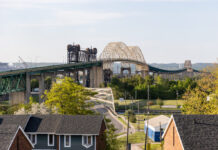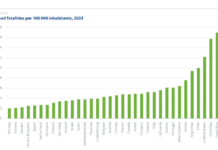It is no secret that countries around the world are facing a period of economic uncertainty. Sudden demands for defense spending, customs tariffs, and replacement of post-war infrastructure at the end of its lifespan are putting new strains on national budgets and forcing many governments to rethink their priorities in the face of a potential recession. Suppose there is a silver lining to this dark cloud on the horizon. In that case, these governments might also reconsider their transport infrastructure investments, finally taking into account the actual cost to society, from construction to demolition.These types of societal cost-benefit analyses are now quite common in the Netherlands, as the national government legally requires them for infrastructure projects with a specific budgetary value. By quantifying the benefits of getting people out of their cars and onto more active, sustainable, and efficient means of travel, they have become a game-changer when it comes to reallocating public funds from auto-focused infrastructure to those that encourage more walking, cycling, and public transportation. This emerging field has been dubbed “bikenomics” and is responsible for some eye-catching projects in recent years, including parking facilities, rental schemes, and superhighways.
The post Rethinking Transport Infrastructure Investments Through the Lens of ‘Bikenomics’ first appeared on Institute for Transportation and Development Policy.









